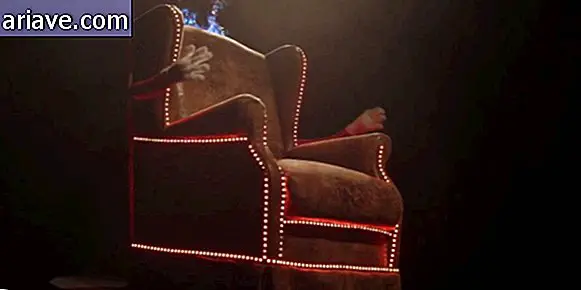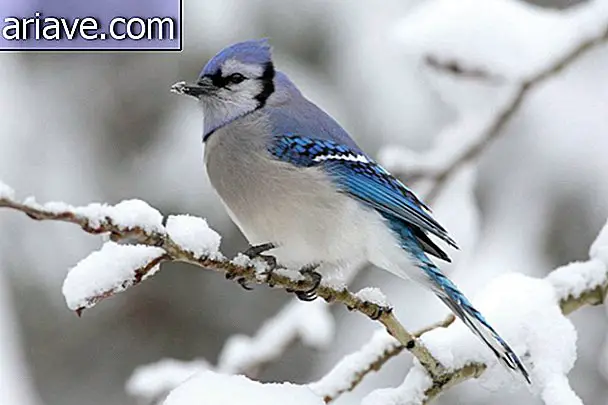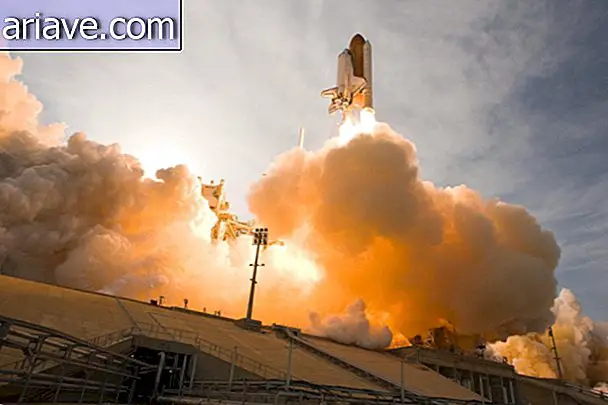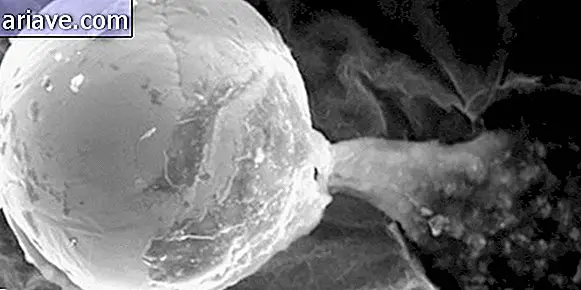Next stop: Cuba - the beauty of a land wrought by social upheavals
At the beginning of the last century, Cuba came to be known as the “Paradise Island”. Yes, that was certainly also due to the beautiful beaches, colonial architecture, predominantly pleasant climate and incredible cultural richness of the country. However, the title also reveals part of what has built a history of iron, fire, bullets and rebels become national icons, giving the Cuban Republic its current form.
At first glance, this is the largest island in the Caribbean Sea may seem like a paradoxical place, almost a “historical nonsense”. After all, land run by the long-lived Castro family for over 50 years certainly has one of the best health and education systems in the world. However, to get to the nearest school or hospital, you may need to use a car so old that it seems to be moving by divine intervention.

In addition, the landscapes along the way may reveal alternations of dilapidated old mansions and buildings - forming a picturesque setting, within which some families have been waiting for several years to fall in favor of state-led reforms.
However, take the course of the nearest venue, and you are likely to find the mainstream reveling in true cultural feasts: ballet, classical music, plays. All at virtually symbolic prices. And not only that: the artists themselves on stage possibly had all the encouragement they needed to develop their art to excellence. And it is also possible to smoke there which is considered as the best cigar in the world.

As it turns out, a land of paradoxes - all of which fade, even if in part, when one looks more closely at the weaving of history.
A foreign paradise
Perhaps it is impossible to understand Cuba's picturesque scenery without going back to the early historical movements that shaped the country as it is today. (Don't worry, this will be fast, promise).
After its “discovery” by the navigator Christopher Columbus in the late 15th century, Cuba remained a colony of Spain for several centuries. That is until, at the beginning of the twentieth century, a neighbor - with a beautiful sense of opportunity - reached out to him, offering help against the Spanish yoke.

After the support of the United States of America, however, Cuba eventually saw its dream of sovereignty again postponed. This is because the United States eventually added a controversial "footnote" to the country's constitution at the time.
Through the infamous Platt Amendment, Cuba was forced to bend to the will of its powerful neighbor. As a result, the country became a true paradise ... for those who came from abroad. Millionaire, politicians, mobsters (“Godfather 2”, anyone?) And the like were experiencing a land of pleasures and luxuries, while the legitimate inhabitants of the country were adrift with unemployment and illiteracy. Then the page was turned again.
The Cuban Revolution
Between 1953 and 1959, the so-called Cuban Revolution was strengthened under the motto of returning Cuba to Cubans. As a result, on January 1, 1959, the dictator Fulgencio Batista's government was overthrown, giving way to the prevailing socialist regime to this day. As a result, radical overhauls have occurred in the education and health care systems - at the same rate as the landlords saw their lands taken over and divided among the people on small estates.

“Why are there so many doctors in Cuba?” The answer stands out: education in the country is, to this day, entirely free for the population, from preschool to college. According to Cuban government data, illiteracy, once a major problem, has been virtually eradicated from the country. But there would be a backlash.

"Want to ride an old car, love ..."
After removing Fulgencio Batista from the government, the post-revolutionary administration eventually got precious help from one of the giants at the time: the Soviet Union. Of course, this only made Cuba's image worse in the US.
As a result, the United States imposed the trade embargo, which is still in force today, which has greatly hampered Cuba's negotiations with the rest of the globe. In fact, it just got worse with the dissolution of the USSR.

Thus, the vast majority of the “bolidos” still circulating in the streets of the capital Havana date back to the pre-revolution period - such as the classic 1958 Chevrolet Bel Air model, perhaps a specimen abandoned by a foreigner leaving the country in a hurry. after the revolutionary fuse. And this is not restricted to cars: much of the country's industrial machinery has been repaired and rebuilt for decades.
The best cigars in the world
The fame of Cuban cigars is far older than one could imagine. In fact, product was largely responsible for one of the first movements in favor of the country's independence.
During the eighteenth century, Spain demanded a monopoly on the marketing of Cuban tobacco - as it was increasingly valued on the international market. This made the growers of tobacco, the so-called rebar trees, terribly displeased, giving rise to the so-called Uprising of the Vergueiros.
But of course, you don't have to know these details to revel in a Montecrist or a Cohiba. According to experts, the quality of Cuban cigars is due to both the country's tradition and the characteristics of the soil and climate. Cuban brands are divided into Global Brands, Multilocal Brands, Niche Brands, and Local Brands.

If you go to Cuba, be sure to visit:
Old city of Havana and its fortifications

One of the most picturesque and historically relevant places in Cuba is in the province of Ciudad de La Habana. The Old City of Havana and its fortifications were declared a World Heritage Site in 1982.
Castillo del morro

The Castillo de los Tres Reyes Magos del Morro Fortress (or simply Castillo del Morro) is one of the most picturesque spots in Cuba, and certainly worth a visit. The site was built in 1589 by the Spanish Empire in order to protect the Havana region.
Che Guevara Mausoleum

Che Guevara's mausoleum houses the remains of the revolutionary and 29 of his fellow combatants in the city of Santa Clara - where there is also a monument to the revolutionary, a statue about 7 meters high.
Havana Capitol

With a design clearly inspired by the United States Capitol, the National Capitol Building in Havana served as the seat of the Cuban government after the revolutionaries seized power in 1959. Today it is home to the Cuban Academy of Sciences.
Havana Cathedral

Although officially a secular state, most of Havana's population is Catholic. The construction of the image above is called the Cathedral of the Virgin Mary of the Immaculate Conception of La Habana ... But you can call it the Cathedral of Havana. The building is the headquarters of the archdiocese of the city.
Sierra Maestra

This mountainous region of Cuba was an active center of rebel operations and camps and three wars of independence against Spain (nineteenth century) and also of the famous revolutionary war that overthrew dictator Fulgencio Batista. It is the highest mountain range in the country - Pico Turquino being the highest point.
Other curiosities about Cuba
- Cuba is made up of the island of Cuba, the island of Youth and several smaller islands;
- Cuba is the most populous country in the Caribbean with over 11 million inhabitants;
- Christmas became an official Cuban party only in 1997;
- The favorite sport in the country is baseball;
- About 22% of the Cuban territory consists of protected natural areas;
- Few people are allowed access to the internet. Those who break the rule can face up to five years in prison;
- There are so many doctors in Cuba that most of them are sent to countries where professionals are lacking (yes, this includes Brazil);
- Bacardi was originally made in Cuba. However, when Fidel Castro seized power, the brand moved to Puerto Rico;
- Cuba's health system is comparable in quality to that of developed countries;
- It was in Cuba that the writings Ernest Hemingway wrote his famous works "By Whom the Bells Bend" and "The Old and the Sea";
- Cuba has one of the lowest birth rates in the entire western portion of the globe;
- There is Manjuari in the country, a fish not found anywhere else in the world; and
- There are no poisonous or lethal plants and animals for humans in Cuba.












